Trading the Regression Channel: Defining and Predicting Stock Price Trends
$21.00
| Author(s) | |
|---|---|
| Pages |
147 |
| Format |
|
| Publication Year |
1996 |
Trading the Regression Channel: Defining and Predicting Stock Price Trends is a Definitive book on the regression channel, a technical analysis method based on linear regression, and its use and interpretation.
Introduction:
Can trends in stock market prices be predicted? Can points of support and resistance be foreseen and anticipated? Gilbert Raff pondered these questions following the stock market crash of ’87, and after studying and trading in a wide range of markets, he discovered the Regression Channel method for defining security price trends.
He first presented his ideas in 1991 in an article for Stocks and Commodities magazine and bis methods have been incorporated in the MetaStock technical analysis software. Now for the first time, he makes a comprehensive presentation of this analysis method in Trading the Regression Channel, covering its application, interpretation, and how to combine it with other analysis methods. The basic concept of the Regression Channel builds on trendlines and linear regression analysis.
It starts with defining a basic ” least-squares, best-fit” linear regression line. Then parallel lines nare drawn that represent either an extreme high or low price and its mirror-image line surrounding the regression line. This creates the Regression Channel. After years of using the Regression Channel, Raff has found tbat prices will rebound off the outer lines of the channel in a remarkably precise way for extended periods of time until the channel ends. Smaller channels within the major trends can also be spotted and followed with interesting results when two channels intersect.
In Trading the Regression Channel, Raff presents an interesting case study on multiple channels using data from the Dow Jones Industrial Average from 1982 to 1995. He also presents how to use the Regression Channel in combination with other indicators such as On Balance Volwne with Bollinger Bands, Fibonacci Intervals, and the MACD-Relative Strength Indicator. Also of interest is the fact that the Regression Channel has attracted the attention of mathematicians studying Chaos Theory. This is touched on in the final pages of the book. This is the definitive work on this amazing new method of price trend definition. Even though you may be skeptical, as you should be of any new analysis method that makes these kinds of claims, you are invited to try it out on your favorite stocks and securities to see if it doesn’t prove to be more accurate and useful than other methods you have tried in the past.
Contents:
- DEFINING THE REGRESSION CHANNEL
- VALIDATING THE REGRESSION CHANNEL
- CHANNEL BREAKS, REVISIONS, AND EXPANSIONS
- REGRESSION CHANNEL INTERSECTION
- A CASE STUDY IN CHANNEL INTERSECTION: THE DOW JONES INDUSTRIAL AVERAGE
- COMBINED ANALYSIS: USING BOLLINGER BANDS OF ON BALANCE VOLUME
- COMBINED ANALYSIS: FIBONACCI INTERVALS
- COMBINED ANALYSIS: THE MACD-RELA TIVE STRENGTH INDICATOR
- INTERMARKET TECHNICAL ANALYSIS USING THE REGRESSION CHANNEL
- THE REGRESSION CHANNEL AS A CHAOTIC ATTRACTOR
Trading the Regression Channel: Defining and Predicting Stock Price Trends By Gilbert L. Raff pdf
4 reviews for Trading the Regression Channel: Defining and Predicting Stock Price Trends
Clear filtersOnly logged in customers who have purchased this product may leave a review.


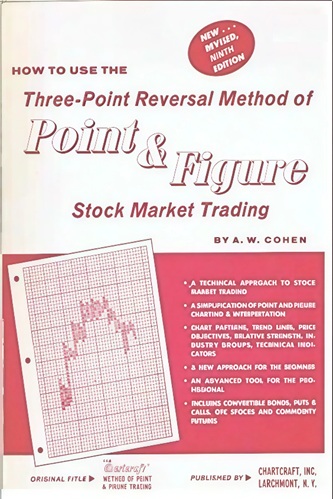


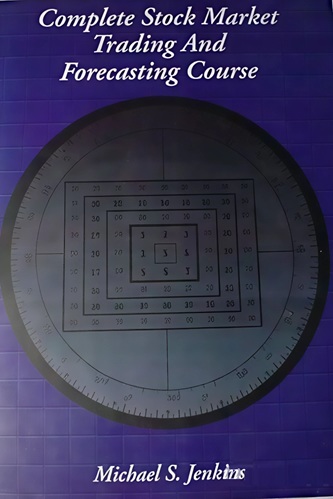
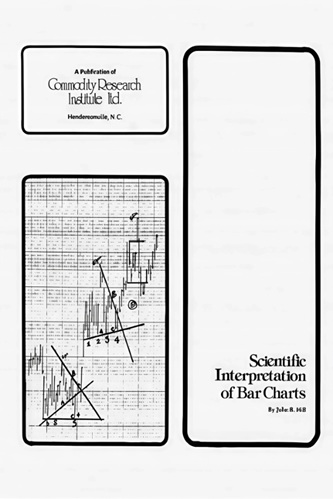
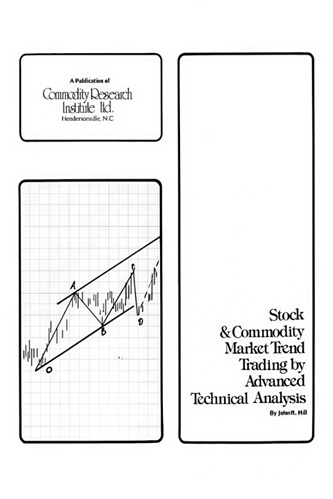

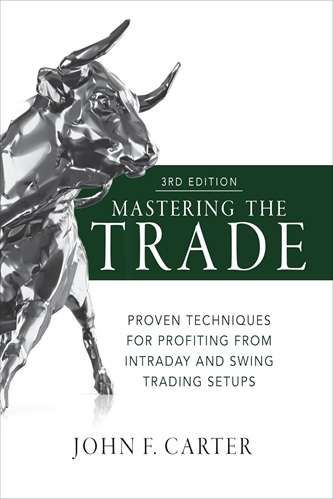
Laney Wood (verified owner) –
I’ve read this book, twice. It is nice and worth more than 100$/
Navy McCarthy (verified owner) –
Excellent Book for serious Trader, but there is lot of improvement needed as far as the laser focus required for Trading
Carson Willis (verified owner) –
This strategy is the first analytical tool that worked for me consistently. While I know that Raff Regression Channels are based on the maximum distance from the regression line, I would like the author to explore standard deviation in greater detail.
Devin Phelps (verified owner) –
This is the best book I have found regarding the Stock Market and Linear Regression Channel. The book is well written and easy to understand.If the author comes out with another book I will buy it. Also check out Channel Surfing by Parsons and Day Trading With Lines In The Sky by Muehlberg as secondary books to this one